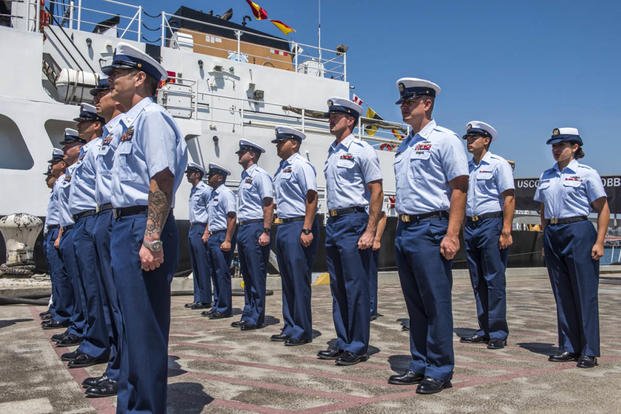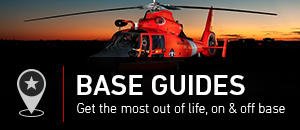Unlike the other U.S. military services, which organize service members according to ranks, the Coast Guard, like the Navy, organizes its force according to rates and grades. Like the other branches the Coast Guard uses E-1 to E-9 pay-grade structures. The rate and grade of an enlisted Coast Guardsman can be identified by rating badge (found on the left sleeve of the Coast Guard dress uniforms). The rating badge is a combination of an eagle, rating emblem (job specialty) and chevrons, which show the grade (rank).
Coast Guard petty officers (E-4 through E-6) wear a collar device that has the Coast Guard shield and up to three chevrons; each chevron indicates the next greater pay grade. Coast Guard chief petty officers (E-7 through E-9) wear a fouled anchor and shield collar device similar to the Navy CPO.
Enlisted Coast Guard rates are broken down into three levels: non-rates -- members without a designated occupation (E-1 through E-3), petty officers (E-4 through E-6) and chief petty officers (E-7 through E-9).
- Non-Rate or Apprentice Ranks (E-1 through E-3)
- Petty Officer Ranks (E-4 through E-6)
- Chief Petty Officer Ranks (E-7 through E-9)
- Master Chief Petty Officer of the U.S.Coast Guard (MCPON)
Non-Rated Members (Apprentices E-1 through E-3)
The enlisted pay grades E-1 through E-3 in the Coast Guard commonly are referred to as non-rated. This means that at this point in their career, most Coast Guardsman have not yet attended formal resident training program ("A" School) or completed a formal on-the-job training program (Striker program) to become rated.
Once Coast Guardsman complete "A" School or a Striker program, they are given additional designators, reflecting their new rating. Some E-2 through E-3s can have a designator if they have not yet reached the required time in service milestones to earn the next pay level.
Related: Interested in joining the Military? Contact a recruiter today.
Each non-rate (E-1) is designated at boot camp to indicate eligibility for entry into various ratings. Coast Guard non-rated designators include:
Seaman -- Deck and Administrative Ratings
E-2 -- Seaman apprentice (SA)
E-3 -- Seaman (SN)
Fireman -- Naval Engineering Ratings
E-2 -- Fireman apprentice (FA)
E-3 -- Fireman (FN)
Airman -- Aviation Ratings
E-2 -- Airman apprentice (AA)
E-3 -- Airman (AN)
Being a Coast Guard non-rate is your first step in becoming an integral part of your service. As non-rate, your job will be to apply the skills and knowledge you learned in basic training, begin training for your future career in the Coast Guard and continue developing your followership skills. You will be expected to follow all orders and tasking given by your superiors.
The Non-Rate (Apprentice) Promotion Process -- The Coast Guard is the only service that automatically advances members to E-2 upon graduation from basic training (boot camp). In some cases, you may be eligible to advance to E-3 upon graduation from boot camp, based on either enlisting for six years or previous military experience.
Whether an AN, SN or FN non-rated Coast Guardsman, the level of expectations increases with each promotion. An E-3’s job is to apply the skills and knowledge learned while continuing to develop their technical and leadership skills. SN will be expected not only to follow all orders and tasking given by your superiors, but to begin to take a leadership role, such as your unit's leading seaman.
Seaman Recruit (E-1)
Seaman recruit (SR) is the lowest enlisted rank in the U.S. Coast Guard, just below seaman apprentice. Two separate pay grades exist within this rank -- one for those with service of less than four months and another for those in service for more than four months, even if they have not advanced to seaman apprentice. Coast Guard seaman recruits currently do not normally bear any uniform rank insignia, unless they have been reduced in rank for disciplinary reasons.
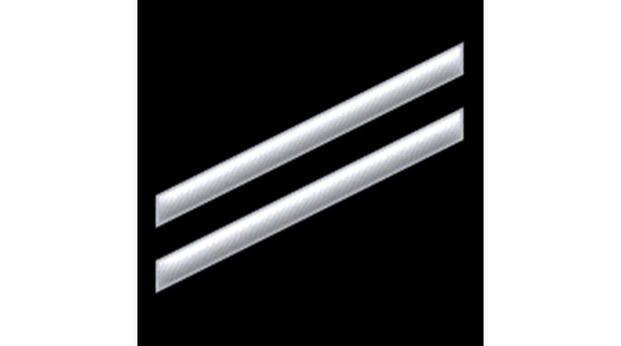
Seaman Apprentice (E-2)
The actual title for an E-2 in the U.S. Coast Guard varies based on the type of work they are doing or the career path they have chosen as noted above.
Those in the general deck and administrative community are seamen apprentice. They wear white stripes on blue uniforms.
Those in the engineering and hull community are called firemen apprentice and wear red stripes on a blue background.
Those in the aviation community are called airmen apprentice and wear green stripes on both navy blue and white uniforms.
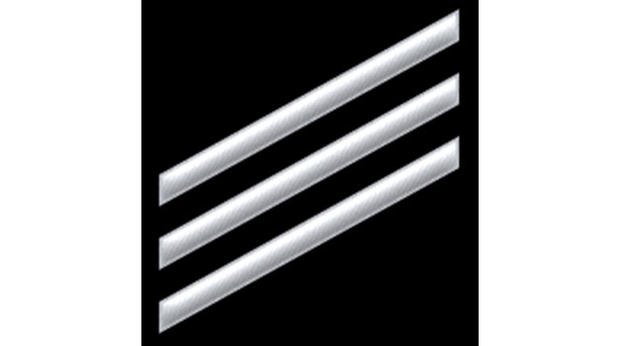
Seaman (E-3)
As with seamen apprentice (SA), the actual title for an E-3 in the Coast Guard depends on the work area and career path the member has been assigned. The duties performed by seamen include ship maintenance; equipment maintenance, repair, and storage for underway operations; lookout and helmsmen duties; serving as a member of damage control, emergency and security alert teams; participating in naval ceremonies; and working with qualified personnel to gain job training and experience. An SN who shows exceptional leadership qualities or by virtue of their time in service, may be assigned the role and duties of leading seaman. The leading seaman is often in charge of work parties of two or more other non-rated members.
Moving up in Rate: Like advancement to E-2, advancement to E-3 is virtually automatic. However, an SA is required to complete certain performance qualifications and nonresident exams before being declared eligible. Members must have their CO's approval and six months' time in grade (TIG) or have completed technical training -- "A" School -- to qualify.
Petty Officers (E-4 through E-6)
Coast Guard petty officers are the technical workforce of the service. The grades of petty officer third class through first class indicate a growing level of technical ability, responsibility and leadership.
A petty officer is responsible for their subordinates, which means they are responsible for their subordinates':
- Well-being
- Work performance
- Professional development
- Morale
- Education and training
- Maintaining standards of behavior
Petty officers often are referred to by their grade or their rate and grade. For example, an E-5 avionics electrical technician can be referred to by his or her grade as Petty Officer 2nd Class Smith (PO2 Smith) or by rating and grade as Avionics Electrical Technician 2nd Class Smith (AET2 Smith).
Enlisted promotions (known as advancements in the Navy and Coast Guard) to the grades of petty officer third class (E-4) through master chief petty officer (E-9) are based on competition for a limited number of vacancies.
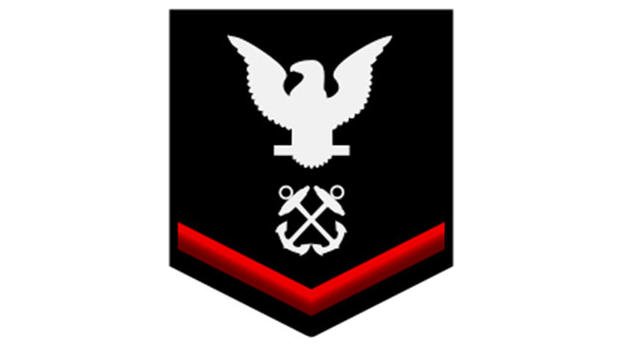
Petty Officer Third Class (E-4)
Promotion to petty officer third class (PO3) is not simply a raise in pay. It is a shift in roles, from one who has been led to one who must now lead. It is an assumption of higher responsibility, authority and accountability. Navy petty officers are not only responsible for their own performance, they are also responsible to and for their subordinates:
Pinning on the Crow: Unlike advancement to E-2 and E-3, advancement to petty officer is based on basic eligibility requirements and, in some cases, a Coast Guard-wide competition. Basic eligibility for advancement to PO3 is based on the CO's recommendation, at least six months' time in rate (TIR), completion of either "A" school or a formal Striker on-the-job training (OJT) program and nonresident courses.
Note: Coast Guard non-rates who attend “A” school do not participate in the service-wide for advancement to petty officer third class. It is earned upon graduation from training.
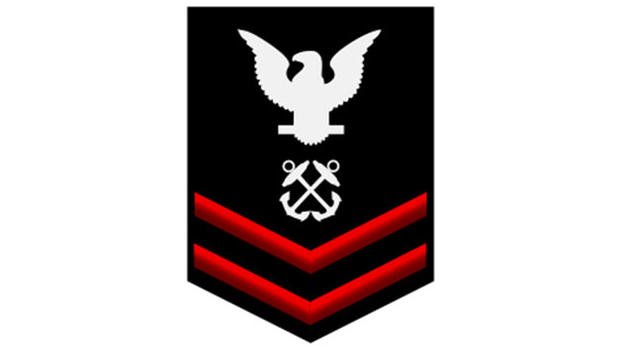
Petty Officer Second Class (E-5)
Like each grade before it and those that follow, the job of the petty officer second class (PO2) is not much different, but the expectations in technical expertise and leadership abilities are greatly increased. A petty officer second class' level of authority does not increase substantially, but the number of resources -- equipment, work groups and watch sections -- increases with advancement.
Advancing in grade: Advancement to petty officer second class is based on basic eligibility requirements and a Coast Guard service-wide competition. Basic eligibility for advancement to PO2 is based on the CO's recommendation, at least six months of TIR and completion of rating particular qualifications and nonresident courses.
Once the basic eligibility requirements for advancement have been met, members can participate in the service-wide exam competition. The competition is based on your final multiple score (FMS), which includes points for exam scores, personal awards, time in service, time in grade, sea duty and performance.
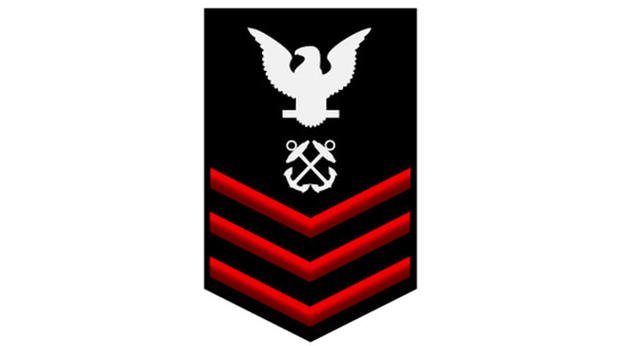
Petty Officer First Class (E-6)
Petty officer first class (PO1) is the rank where the "rubber meets the road;" it marks a transition process from junior to senior petty officer and a time for transition and training to become a chief petty officer. The petty officer first class' level of authority is usually much greater than the PO2; some PO1s may have the opportunity to become an executive petty officer or even an officer in charge of a small unit of their own. At a minimum, a PO1 is expected to apply their experience and judgment to manage a greater number of resources and personnel than at their previous pay grades.
Pinning on First Class: The basic eligibility requirements for advancement to PO1 include the CO's recommendation, having at least 12 months of TIR, and completion of the rating particular qualification requirements. Like the other petty officer promotions, advancement to PO1 is based on the candidate's placement on the Coast Guard service-wide competition and subsequent SWE advancement list.
Chief Petty Officers (E-7 through E-9)
Coast Guard chiefs, senior chiefs and master chiefs (E-7, E-8 and E-9) are held in high esteem and to a higher standard than enlisted Coast Guardsman of lesser pay grades. The Coast Guard Chief Petty Officer's Creed details the leadership qualities to which each chief is held, but more importantly, the creed describes a form of leadership that is grounded in serving others before self.
A Coast Guard chief is expected to exemplify the services core values of:
Honor -- Integrity is our standard. We demonstrate uncompromising ethical conduct and moral behavior in all of our personal actions. We are loyal and accountable to the public trust.
Respect -- We value our diverse workforce. We treat each other with fairness, dignity and compassion. We encourage individual opportunity and growth. We encourage creativity through empowerment. We work as a team.
Devotion to Duty -- We are professionals, military and civilian, who seek responsibility, accept accountability and are committed to the successful achievement of our organizational goals. We exist to serve. We serve with pride.
Each unit's performance is a direct reflection of its chief petty officers! The chief’s professionalism, performance and hard work are reflected in the unit’s morale, performance and professionalism.
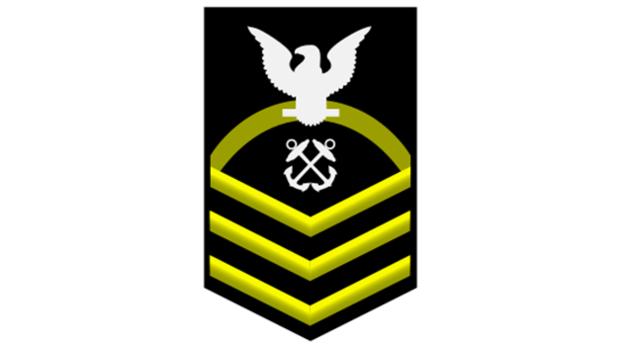
Chief Petty Officer (E-7)
Coast Guard chief petty officers are accountable for leading Coast Guardsman and applying their own experience and skills to enable mission accomplishment while exemplifying the Coast Guard’s core values. In addition, CPOs are responsible for developing enlisted and junior officers.
Depending on the rating or technical expertise, CPOs can hold positions of higher leadership and special assignments, which include career development adviser, executive officer and officer in charge.
Earning the CPO Anchor: Unlike advancement to E-4 through E-6, the chief petty officer advancement process is based on the CO's recommendation, two years of TIR, and completion of rating particular qualifications and nonresident courses.
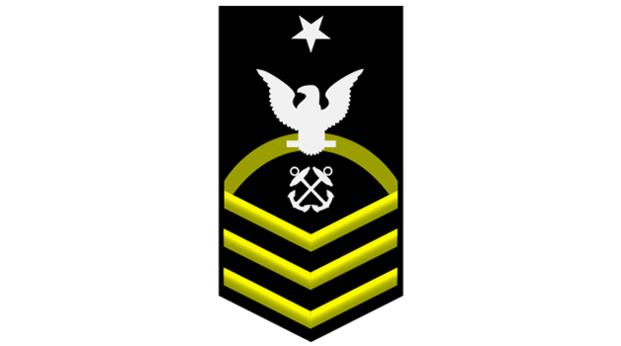
Senior Chief Petty Officer (E-8)
Senior chief petty officers (SCPO) are the senior technical supervisors within a Coast Guard rating. SCPOs are primarily responsibility for supervising and training enlisted personnel oriented to system and subsystem maintenance, repair and operation rather than individual unit work. Based on wide-ranging experience and specialized training, SCPOs provide the command with a higher level of technical and managerial expertise than is expected at the chief petty officer level.
SCPOs can hold positions of leadership, which include executive officer, command enlisted adviser and officer in charge.
Putting a Star on the Anchor: Unlike advancement to chief petty officer, the senior chief advancement process is based on the CO's recommendation, two years of TIR as a CPO and completion of the Coast Guard Chief Petty Officer’s Academy or one of the Defense Department's senior enlisted academies.
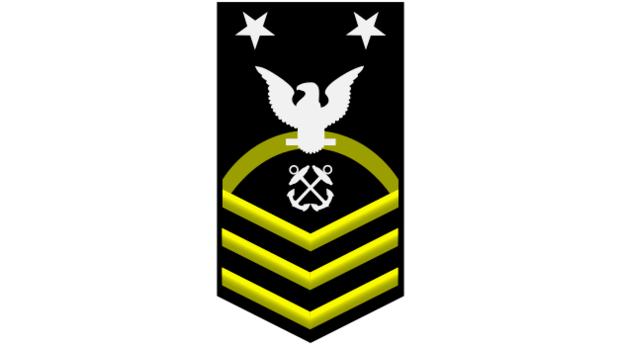
Master Chief Petty Officer (E-9)
Master chief petty officers are the senior enlisted petty officers in the U.S. Coast Guard. As such, MCPOs are vested with special command trust and confidence, extending to administrative and managerial functions involving enlisted personnel. Each Coast Guard enlisted rating has a force manager called the force master chief. His or her role is to provide insight and planning on issues that impact the overall rating.
MCPOs often are assigned as command master chiefs, which means they serve as the senior enlisted adviser in setting command policies concerning the morale, use and training of all enlisted personnel. Depending on where they are assigned, CMCs work directly for their commanding officers or district admirals.
Depending on their rating, assignment history and experience, Coast Guard master chiefs may have their own command as an officer in charge, either afloat or ashore. In addition, they may serve as executive officers or a variety of other high-level positions.
Reaching for the Top -- Making Master Chief: The master chief advancement process is based on the basic eligibility requirements and the Master Chief Petty Officer service-wide competition.
Basic eligibility for advancement to MCPO includes the CO's recommendation, two years of TIR as a SCPO and completion of the Coast Guard Chief’s Academy or one of the Defense Department's senior enlisted academies.
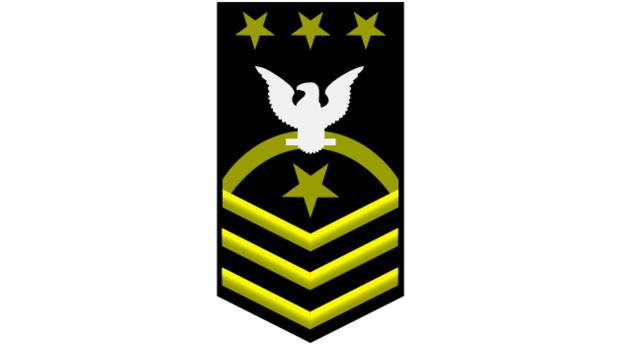
Master Chief Petty Officer of the Coast Guard
The master chief petty officer of the Coast Guard (MCPOCG) is the most senior enlisted member of the U.S. Coast Guard, equivalent to the sergeant major of the Army, chief master sergeant of the Air Force, sergeant major of the Marine Corps, master chief petty officer of the Navy and senior enlisted advisor to the chairman of the Joint Chiefs of Staff. He or she is appointed by the commandant to serve as a spokesman to address the issues of enlisted personnel to the highest positions in the Navy. As such, he is the senior enlisted adviser to the commandant. The duties of this position vary depending on the commandant.
Interested in Joining the Military?
Learn about the benefits of serving your country, paying for school, military career paths, and more: sign up now and hear from a recruiter near you.
Want to Know More About the Military?
Be sure to get the latest news about the U.S. military, as well as critical info about how to join and all the benefits of service. Subscribe to Military.com and receive customized updates delivered straight to your inbox.
